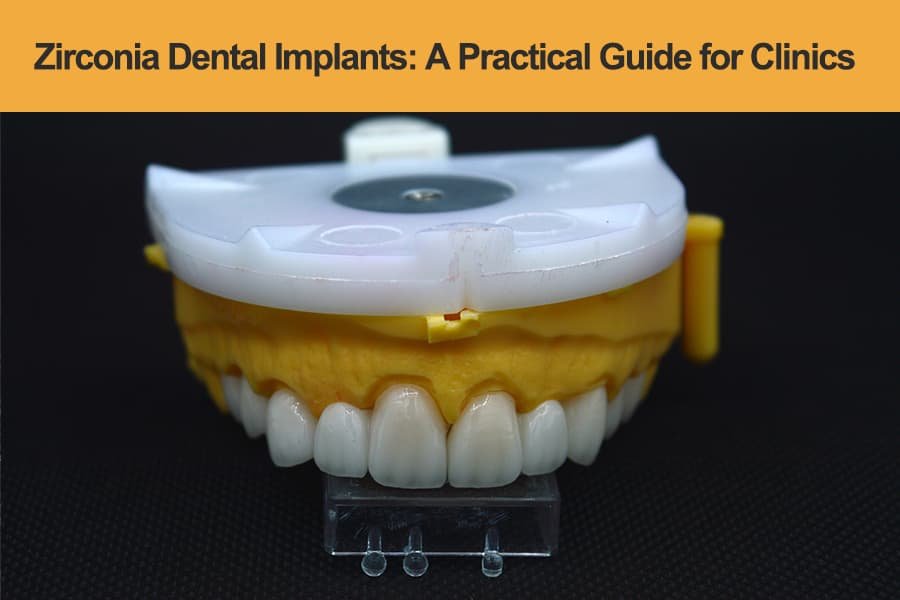
The 3D Science Valley AME forum is special because we include the insights during the
discussion section to the 3D Science Valley whitepaper series, then indicate in the book of <3D
Printing and Industry Manufacturing>. Hence hands in hands, we influence the application
industries together with the additive manufacturing solution providers and the users.
Some topics that we’d like to share and communicate with all of you. Welcome to join us!
1. Fierce competition among dental laboratories and the application of 3D printing technology have significantly reduced the cost of denture processing, but the price of downstream dental services has not dropped significantly. What is the reason?
The price of implant products has not dropped significantly, but the price of denture repair has dropped to some extent. From the perspective of consumers, consumers have a high degree of recognition of digital dental products such as 3D printing, and their psychological price for digital products is higher than that of traditional manual products.
Dental medicine is an open market, with 40,000 to 50,000 clinics competing in the market. They price based on the services they provide to customers, that is, based on customer acceptance of the services.
2. What value does 3D printing create for the dental industry?
The pattern of the dental processing market is one of multiple, fragmented and localized production. The reason behind this is that these companies rely on manual labor rather than digital technology. Digital design and processing technology, including 3D printing technology, will make centralized design and production possible. The deeper significance of 3D printing technology to the dental industry is to structurally change the dental processing market, rather than just being an alternative processing technology.
3. Will the future dental digital communication platform or data platform be enterprise-level or a third-party general platform?
Enterprise-level software is constantly polished according to market demand and is suitable to meet changes in market demand; third-party platforms have certain openness advantages due to their versatility; in the future, will the two be combined to a certain extent or will one replace the other? , it depends on the development of market demand.
4. Will digital technology change the current business model of the dental industry? Is it possible for clinics and laboratories to merge?
The merger of clinic and processing requires doctors to master more processing technologies and cross the border between the two roles of doctor and engineer. In the future, it may be that hospitals/clinics can quickly manufacture some less difficult products through their own processing centers, while more difficult products are still manufactured through dental processing.
When the degree of digitalization reaches a certain level, and there is very little manual intervention in dental product processing, and only 15-20% of the product structure is developed, part of the dental processing business will flow to areas with a high degree of digitalization such as the United States. The same principle will also apply Some dental processing businesses, especially those with high time requirements and high user experience, return to dental clinics and hospitals.



